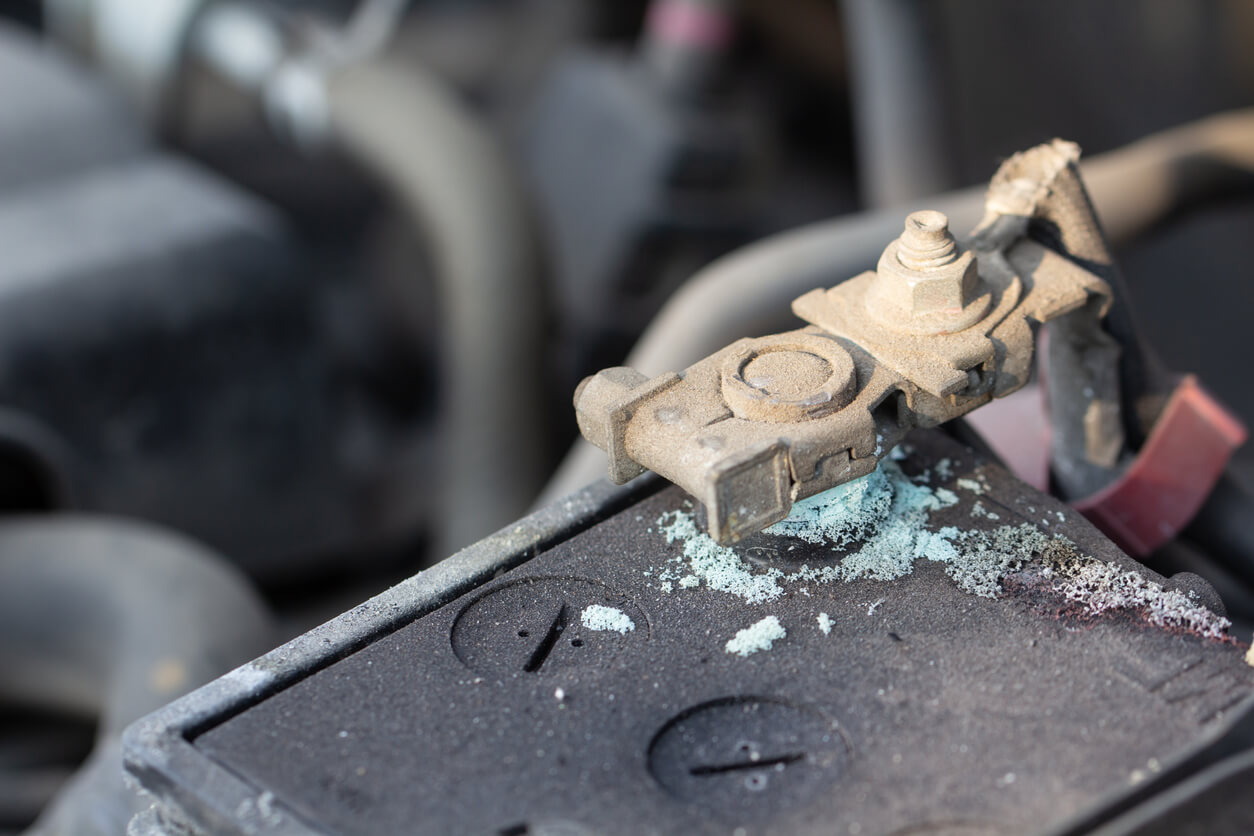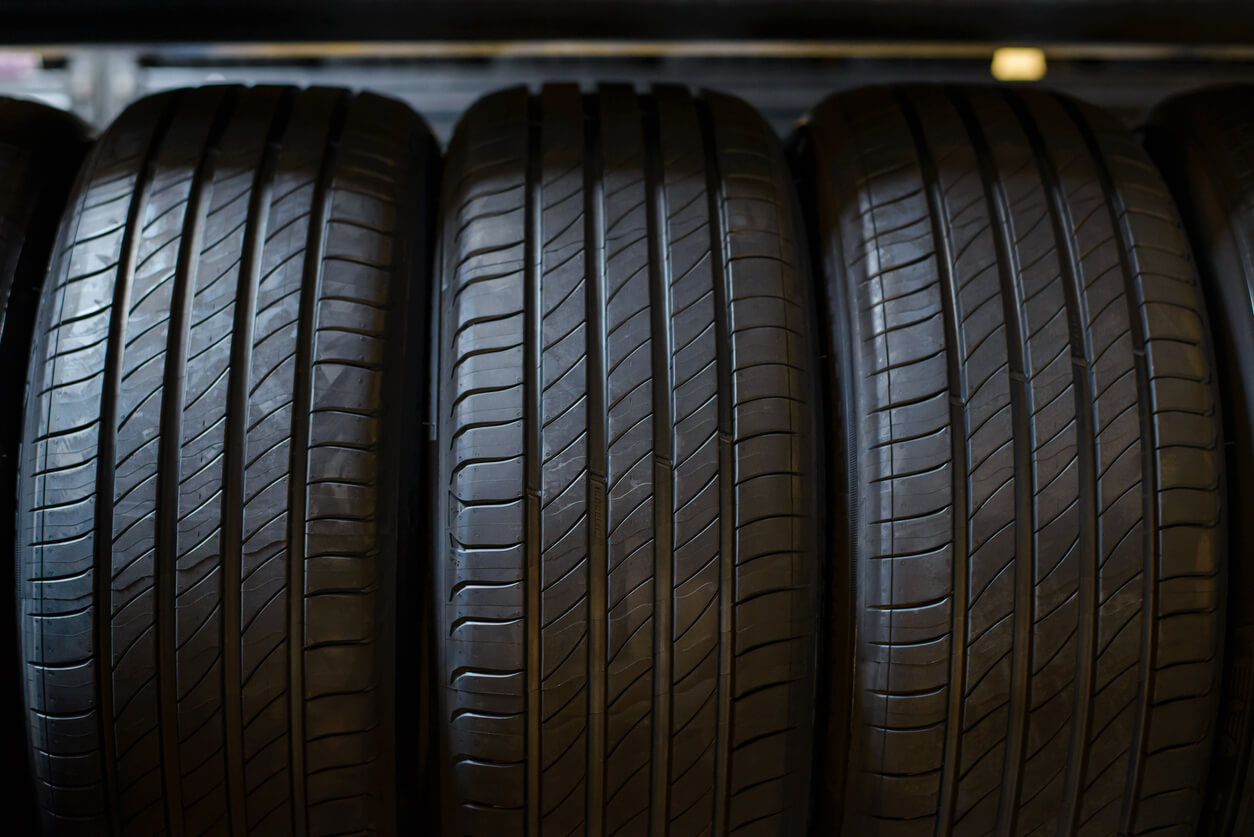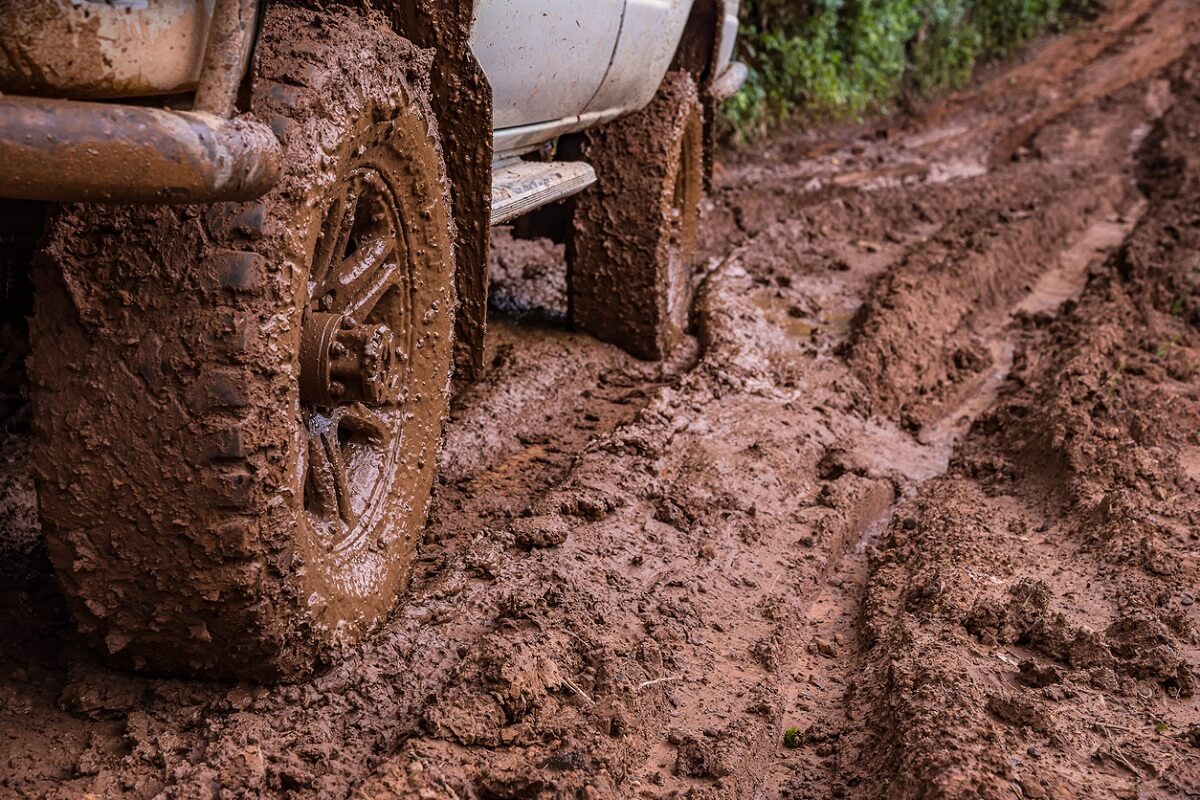Puncture Repairs
Have you unfortunately gotten a tyre puncture? Your local Tyrepower store can help.
Punctures can be caused by road debris such as nails, screws, glass or rocks, as well as impacts with potholes and roadside curbs.
What to do if I get a puncture?
If you have a punctured tyre, or the TPMS light on your dashboard is lit up, your first priority is to put the hazard lights on and find a suitable spot to safely exit your vehicle, out of the way of traffic where you can inspect the tyre.
If you need to, give your nearest Tyrepower store, , a call on and we'll do our best to help over the phone. (Not your store? Find your local store here.)
If you need to, give your nearest Tyrepower store a call and we'll do our best to help over the phone.
If the tyre is totally flat, your next step is to consult your owner’s manual. If your vehicle is equipped with a spare tyre, follow your manufacturer’s instructions on how to fit the tyre or use a roadside assistance service.
While it is not recommended, driving a few hundred metres on a totally flat tyre shouldn’t damage your wheel or vehicle as long as speeds are kept to a minimum (under 10-15km/h for no more than a few hundred meters at most).
Run-flat Tyres
Run-flat tyres may be driven on at reduced speeds, most tyre manufacturers recommend no more than 80km and 80kp/h. Some tyre manufacturers do not recommend re-using the tyre after it has been driven on for significant periods whilst ‘flat’ due to the sidewall being permanently damaged while supporting the vehicle’s weight. If you have any questions about the tyres on your vehicle, be sure to contact your nearest Tyrepower store for expert information and advice.
If your vehicle is equipped with a space-saver or temporary spare tyre, it is highly recommended to get the punctured tyre repaired or replaced as soon as possible. Temporary spares are just that; tyres rated for temporary use at low speeds.
Some modern vehicles come with a tube of tyre sealant and a small air compressor instead of a spare. Tyres are generally not repairable once the sealant is used.
Important Safety
If you are fitting a spare tyre, ensure that no part of your body is under your vehicle at any time.
Your local store will assess the type of tyre, as well as the puncture location and general tyre condition and give you the best options for your unique situation.
Repairing a puncture
The proper way to repair a puncture is to remove the tyre and use a patch and plug from the inside. This will prevent air and moisture from entering the internal layers and plies of the tyre. Once the puncture has been repaired, the tyre will be refitted to your wheel, balanced and refitted to your vehicle. If your local Tyrepower store repairs the puncture, the repair will be good for the rest of the useful life of the tyre.
If you’re in need of a puncture repair, call your nearest Tyrepower on 13 21 91 or choose your store to get started.
Please call on to book your puncture repair today, or visit their at to book an appointment.
Not your store? Find your nearest Tyrepower here.






















